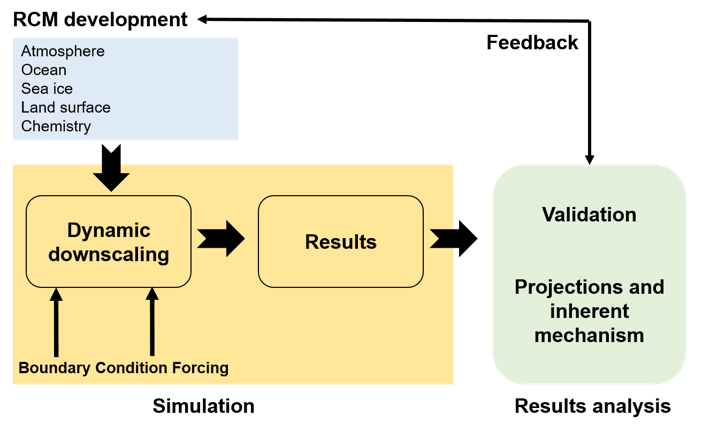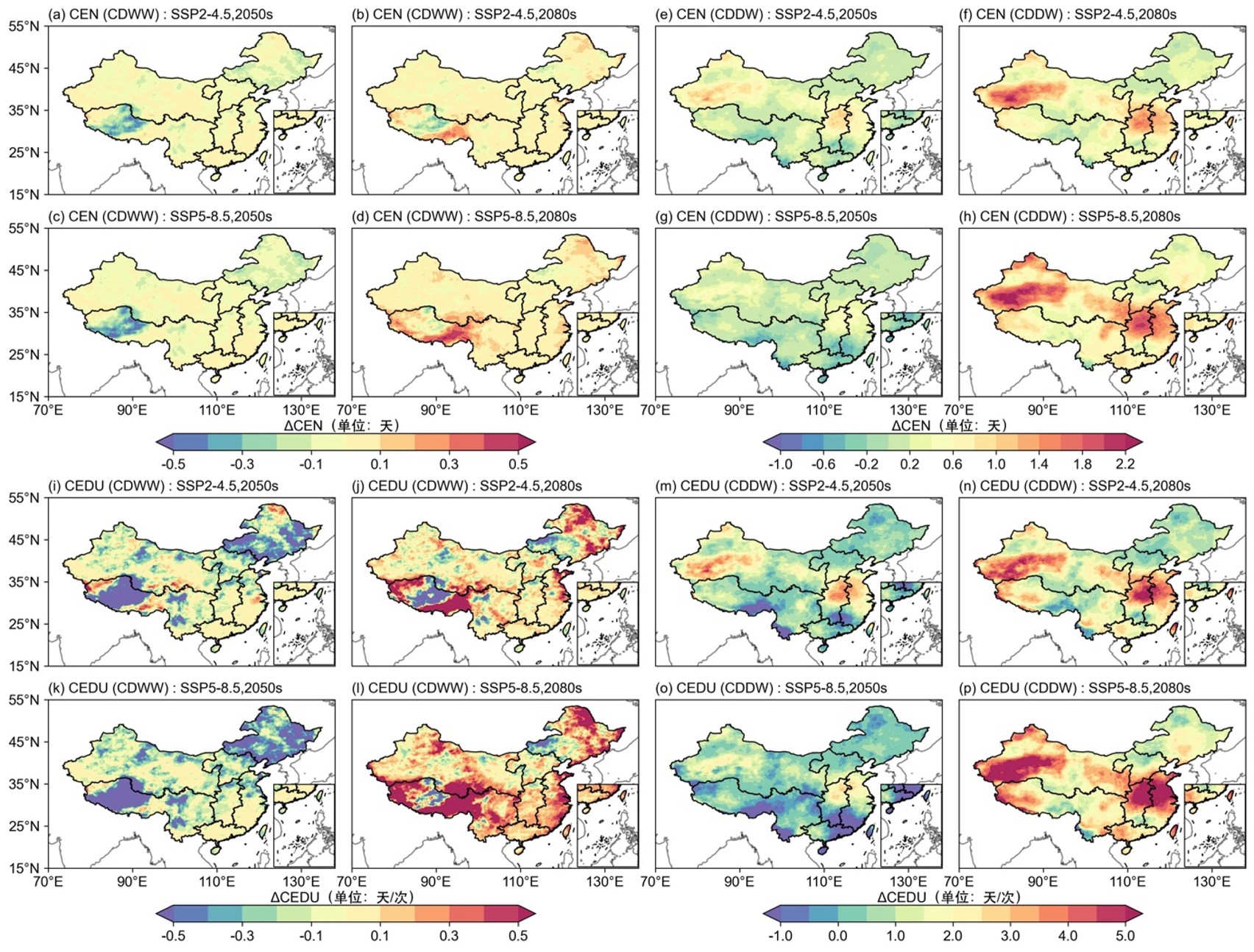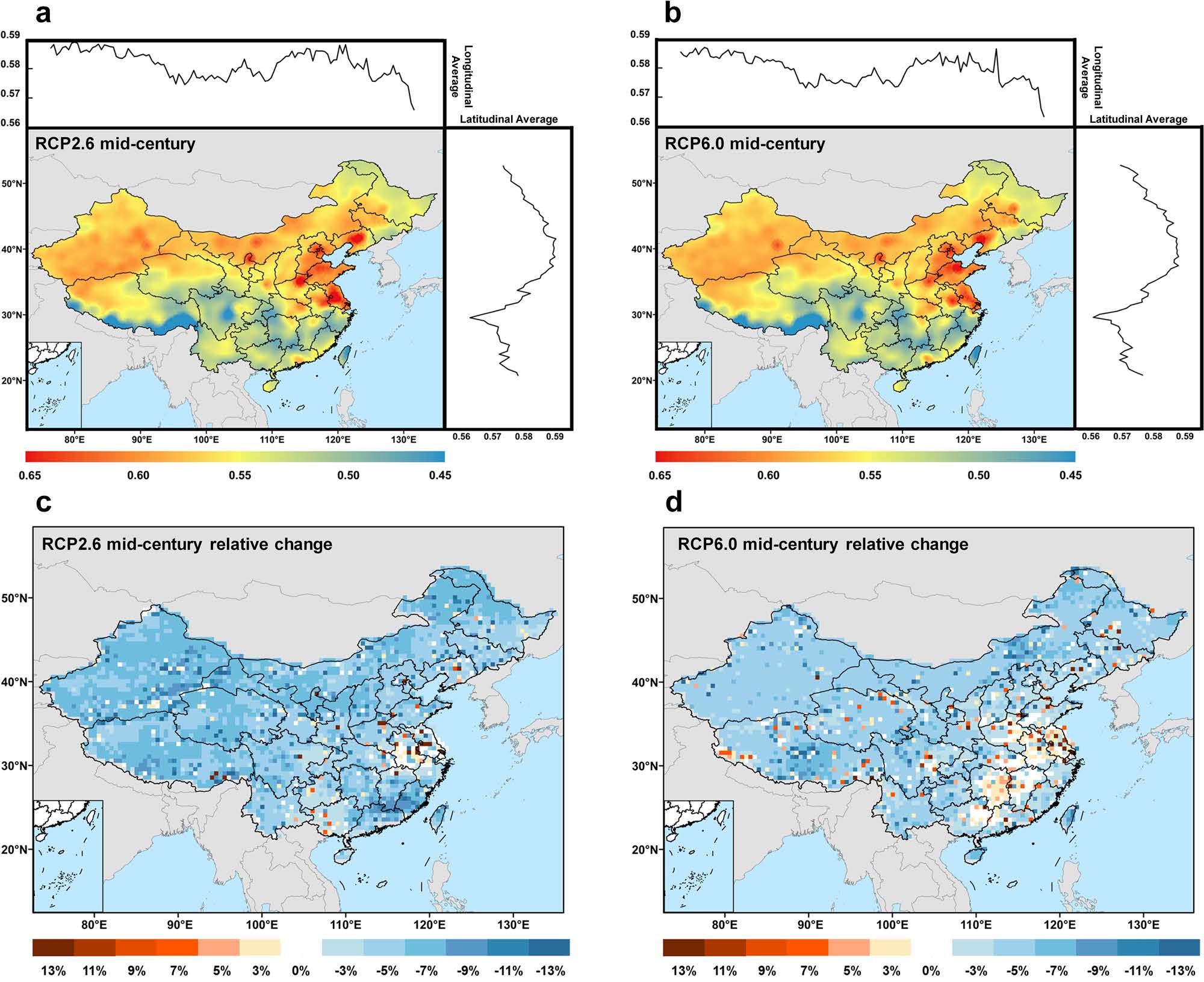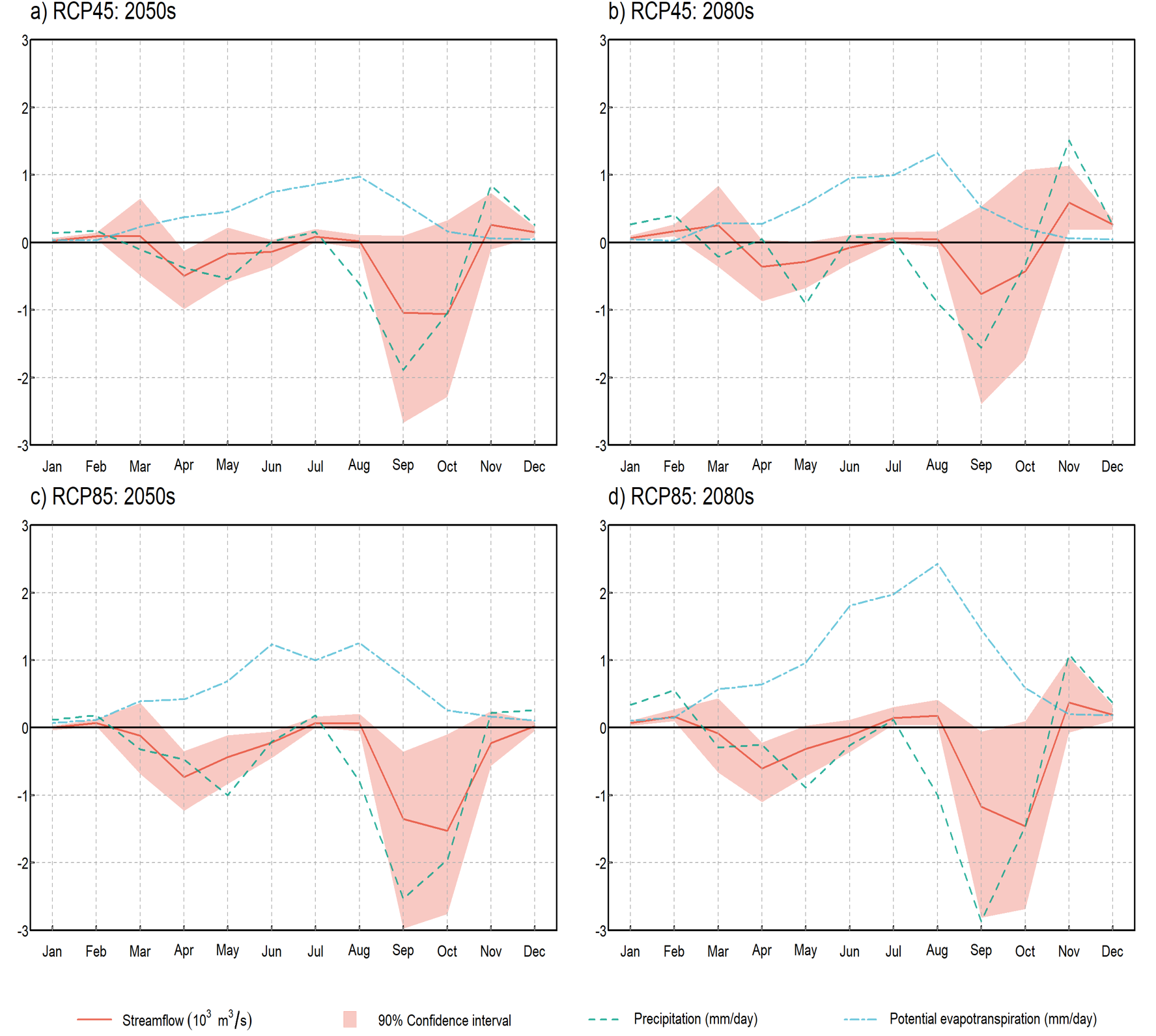The hydroclimate systems laboratory focuses on advancing the understanding of complex interactions among atmospheric, hydrological, and land surface processes. The research develops innovative modeling frameworks and data-driven analyses to generate high-resolution climate projections and actionable insights. These efforts support the design of adaptive water management strategies and enhance resilience in the face of evolving hydroclimatic risks.

Integrated Hydroclimate Modeling and Downscaling
Developing coupled frameworks that merge regional climate models with hydrological simulation tools to generate high-resolution projections.
Learn More
Analysis of Extreme Hydroclimatic Events
Employing statistical techniques to identify and project extreme events like heatwaves, droughts, and compound climate conditions.
Learn More
Water Resources and Runoff Dynamics
Evaluating water sustainability through analysis of stress indices and runoff dynamics across major river basins.
Learn More
Innovative Solutions for Hydroclimate Resilience
Translating scientific findings into practical applications through decision support tools and adaptive management frameworks.
Learn More